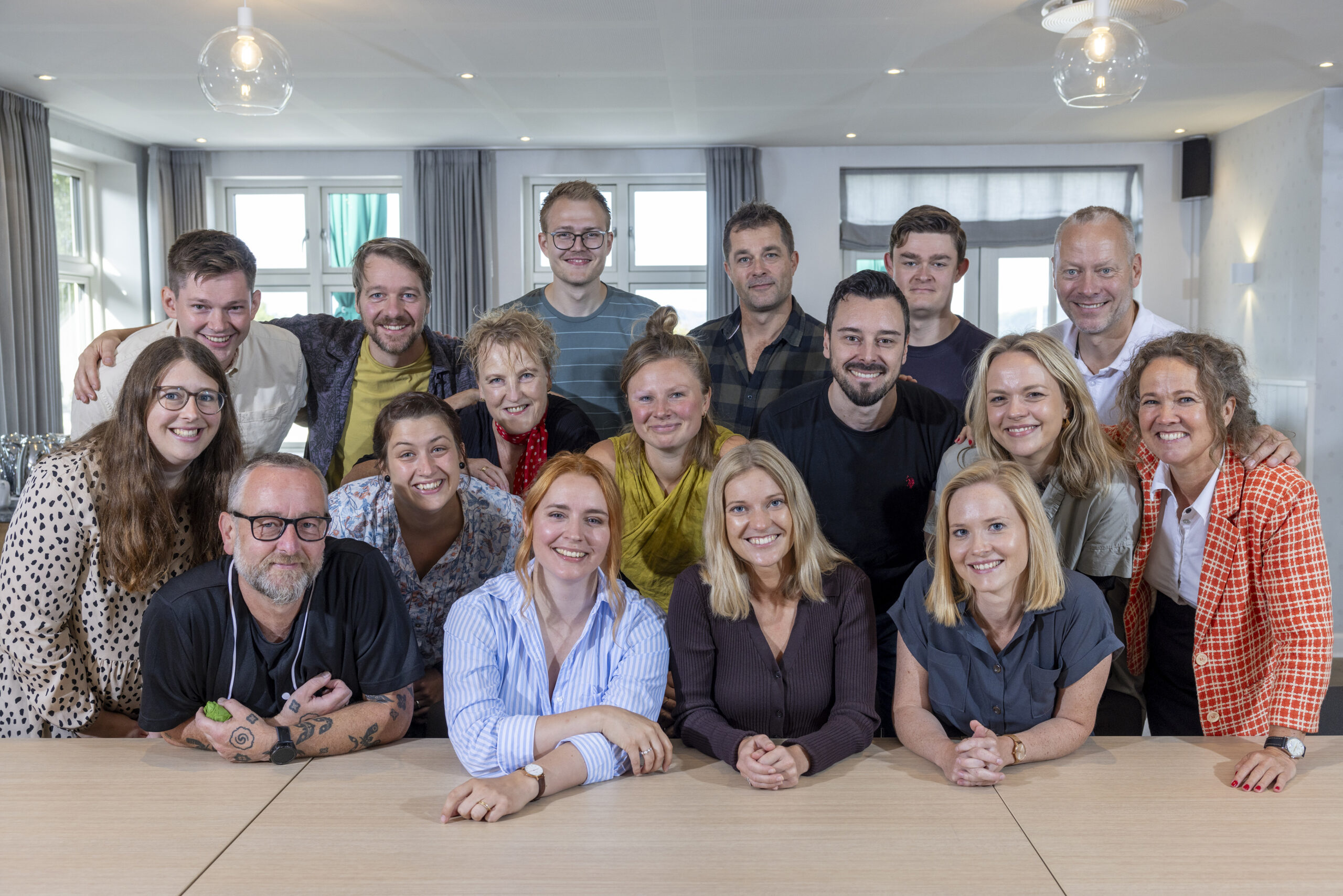10 things to consider before deciding to offer counseling online
1. Who is our target group?
One of the things which we usually emphasize, when advising the municipalities, is that their goal should not be to make a site which aims to be relevant to every young person out there. When we started Cyberhus.dk, that’s what we tried to do, and as a consequence, we ended up with a site that was trying to do too many different things all at once.
2. What is the purpose?
It is important to consider exactly what it is that the online counselling is supposed to achieve. Many tend to think that the chat can be used as a way to make the young people engage with the regular physical counselling offer. As such, this view is not necessarily problematic, but if it influences the way in which one interacts with the young people in the digital space, then it is very likely that the young people will stop coming.
3.What kind of framework is necessary?
Before bringing the chat online, it is important to consider how the chat counselling is framed. Some people may think: “We can run the chat from anywhere where we can open a laptop”. It is rarely that simple. It is necessary to consider the physical setting as well: How are we sitting? Where are we placed? What is it acceptable to be doing while chatting? Are you able to take a phone call or answer emails during a chat session? Is it okay for colleagues to interrupt during a chat session? As a chat counsellor, you have to give that task 100%, which means that the chat must have your undivided attention.
4. Make use of different professions
In some municipalities, the chat is manned by people from one department, while in others, the team consists of people from a number of different areas. This last approach means that the young people are able to meet people with a lot of different professional backgrounds in the chat, which increases the likelihood that the young person in question will get the most relevant counselling possible. Manning the chat with people from different departments also means that more coworkers get the opportunity to think of creative ways to use the chat as a tool, meaning that there are more people to spread the word and make sure that online counselling becomes an integrated part of the work being done in the municipality.
5. Take care of each other
One piece of feedback which we often receive from the municipalities, is that it is advantageous for the counsellors to work/sit in pairs. During digital counselling, you meet young people who talk about complicated problems, and they often start doing so quite early in the conversation. For this reason, like the young people they are counselling, the counsellors themselves also benefit from knowing that they are not alone, and that they can talk to their fellow counselor if they need to.
6. Use the manual
When the municipalities decide to start offering online counseling, they recieve a manual which, among other things, contains pieces of advice, based on CfDP’s experiences regarding online counseling, and the manual also has some blank pages, where the municipalities are free to write down their own practice. Some municipalities use the manual a great deal, and have made it their own, while other municipalities tend to almost forget that the manual exists. We recommend using the manual, while also continuously noting the ways in which the local practice differs from the method used at Cyberhus.
7. It takes time
For most people, online counseling is a new tool, which it takes time to master. Being good at meeting young people at eye-level on the street, does not necessarily entail that you will immediately be good at chat counselling or responding to posts on the problem page.
8. Think outside the box
When the municipalities are given access to the chat, they have the option to do 1-1 chats, group-chats, and invite-only chat sessions. All begin by doing 1-1 chat sessions, and that is a real good way to get off the ground. Unfortunately, not many municipalities ever think beyond this approach. For instance, the group chat format can be used as a way to support the physical meetings, by placing different young people, who are all trying to deal with a specific kind of problem, in an anonymous virtual space, thereby giving them a sense that they are not alone in having that kind of problem.
9. Spread the word about the chat at a local level
In our experiences, the municipalities that have had the largest amount of chat visitors, are the ones which, in their attempts to make the chat more well known, have put some effort into doing outreach work. Ways of doing so include: being transparent about when the chat is open, and being so on the locations where the young people hang out in their spare time, by collaborating with schools, high schools and the like, in order to make the chat visible on their internal digital platforms, and by using the media kit, which is offered by CfDP.
10.Municipalities should share their experiences with each other
As previously mentioned, this bridge-building -concept consists of 14 municipalities, many of which have been doing online counselling for several years. During such a process, it makes perfect sense for municipalities to share their experiences with each other, and for the new municipalities to reach out to the more well-established ones, so that they can benefit from their experiences, good and bad. In the end we are all working with the same kind of young people, and as a newcomer, a municipality has the opportunity to take a lot of clever shortcuts, by getting advice from others, who are already up and running.]]>



Hvis du vil sætte et par ord på din feedback, vil det hjælpe os rigtig meget til at forbedre vores indhold.